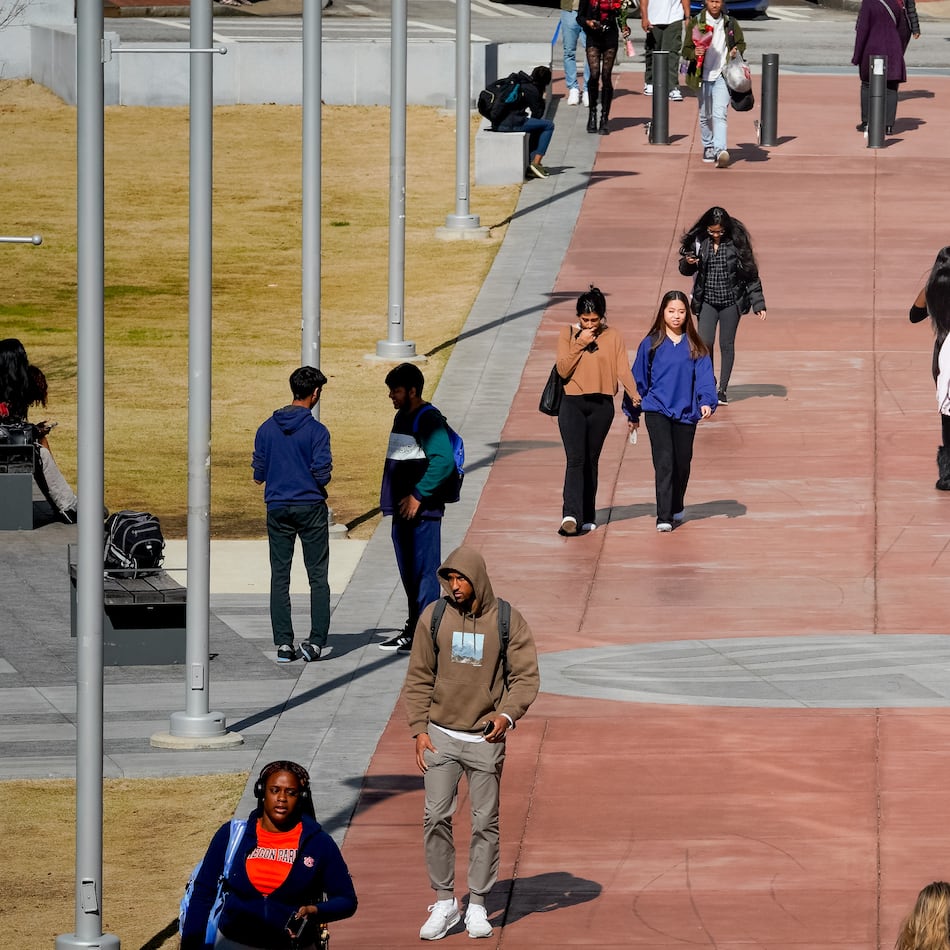PESHAWAR, Pakistan (AP) — Flash floods triggered by torrential rains have killed over 280 people in India and Pakistan and left scores of others missing, officials said Friday, as rescuers brought to safety some 1,600 people from two mountainous districts in the neighboring countries.
Flooding began a day earlier in Indian-controlled Kashmir and spread to the north and northwest in Pakistan, triggered by sudden, intense downpours over small areas. The floods and subsequent landslides injured dozens of people and forced the evacuation and rescue of thousands of others, particularly in the Khyber Pakhtunkhwa province.
Such cloudbursts are increasingly common in India’s Himalayan regions and Pakistan’s northern areas, and experts have said climate change is a contributing factor.
Leaders in both countries offered their condolences to the victims’ families and assured them of swift relief.
Dozens missing in remote Himalayan village
In Indian-controlled Kashmir, rescuers searched for missing people in the remote Himalayan village of Chositi after flash floods a day earlier left at least 60 people dead and at least 80 missing, officials said.
At least 300 people were rescued Thursday following a powerful cloudburst that triggered floods and landslides, but the operation was halted overnight. Officials said many missing people were believed to have been washed away, and the number of missing could increase.
Resident Harvinder Singh said he joined the rescue efforts immediately after the disaster and helped retrieve 33 bodies from the mud.
At least 50 seriously injured people were treated at hospitals, many of them rescued from a stream filled with mud and debris.
Chositi, in Kashmir’s Kishtwar district, is the last village accessible to motor vehicles on the route of an annual Hindu pilgrimage to a mountainous shrine at an altitude of 3,000 meters (9,500 feet). Officials said the pilgrimage, which began July 25 and was scheduled to end Sept. 5, was suspended.
The devastating floods swept away the main community kitchen for pilgrims, as well as dozens of vehicles and motorbikes. More than 200 pilgrims were in the kitchen at the time of the flood, which also damaged or washed away many of the homes clustered together in the foothills, officials said.
Sneha, who gave only one name, said her husband and a daughter were swept away. The two were having meals at the community kitchen while she and her son were nearby. The family had come for the pilgrimage, she said.
Authorities erected makeshift bridges Friday to help stranded pilgrims cross a muddy water channel and used dozens of earthmovers to shift boulders, uprooted trees, electricity poles and other debris. Nearly 4,000 pilgrims were evacuated, officials said.
Photos and videos on social media showed household goods strewn next to damaged vehicles and homes in the village.
Kishtwar district is home to multiple hydroelectric power projects, which experts have long warned pose a threat to the region’s fragile ecosystem.
More heavy rain and floods were forecast for the area.
Hundreds of tourists trap
ped by floods in Pakistan
In northern and northwestern Pakistan, flash floods killed at least 243 people, including 157 who died Friday in the Buner district in northwest Pakistan.
Mohammad Suhail told The Associated Press that dozens of people were still missing, and rescue operations were underway.
He said 78 bodies were recovered by midday Friday, and another 79 were pulled from the rubble of collapsed homes and flooded villages later.
“The death toll may rise as we are still looking for dozens of missing people,” Suhail said.
Dozens were injured as the deluge destroyed homes in villages in Buner, where authorities declared a state of emergency on Friday. Rescuers backed by boats and helicopters worked to reach stranded residents. Ambulances transported more than 100 bodies to hospitals, according to a government statement.
Bilal Faizi, a provincial emergency service spokesman in Khyber Pakhtunkhwa, said rescuers worked for hours to save 2,000 tourists trapped by flash flooding and landslides in the Siran Valley in Mansehra district and elsewhere on Thursday.
Prime Minister Shehbaz Sharif, at an emergency meeting, ordered the disaster-management authority to ensure the evacuation of tourists and all those hit by the floods.
A helicopter carrying relief supplies to the northwestern Bajaur region crashed due to bad weather, killing all five people on board, including two pilots, a government statement said.
The latest fatalities bring the total number of rain-related deaths to 556 since June 26, according to the National Disaster Management Authority.
Region hit by multiple floods in recent weeks
Pakistan's Gilgit-Baltistan region has been hit by multiple floods since July, triggering landslides along the Karakoram Highway, a key trade and travel route linking Pakistan and China that tourists use to travel to the scenic north. The region is home to scenic glaciers that provide 75% of Pakistan’s stored water supply.
During the summer, when schools are closed for more than two months, hundreds of thousands of people travel to scenic destinations in northern and northwestern Pakistan. This year, despite repeated government warnings about landslides and flash floods, many still visited popular resorts in flood-hit areas.
Pakistan’s disaster-management agency has issued fresh alerts for glacial lake outburst flooding in the north, warning travelers to avoid affected areas.
A study released this week by World Weather Attribution, a network of international scientists, found rainfall in Pakistan from June 24 to July 23 was 10% to 15% heavier because of global warming.
In 2022, the country’s worst monsoon season on record killed more than 1,700 people and caused an estimated $40 billion in damage.
___
Khan reported from Peshawar, Pakistan. Contributors from Pakistan include Munir Ahmed in Islamabad, Anwarullah Khan in Bajur, Abdul Rehman in Gilgit, Rasool Dawar in Peshawar and Ishfaq Hussain in Muzaffarabad.
The Latest
Featured


